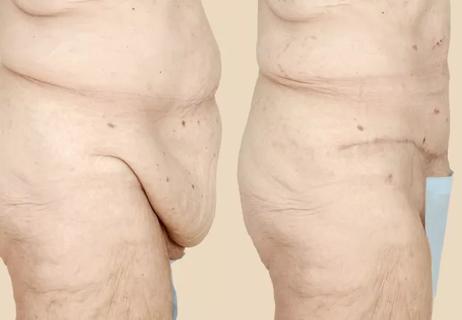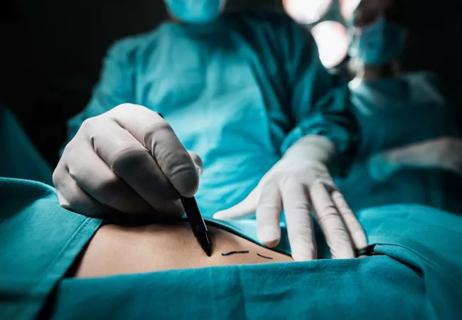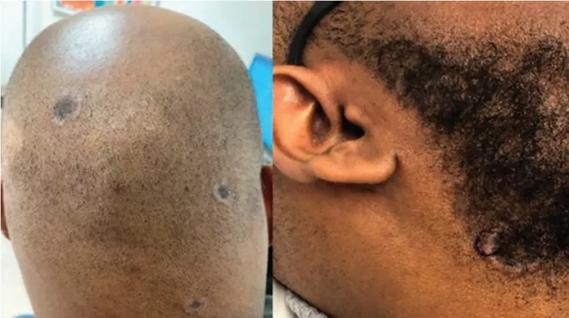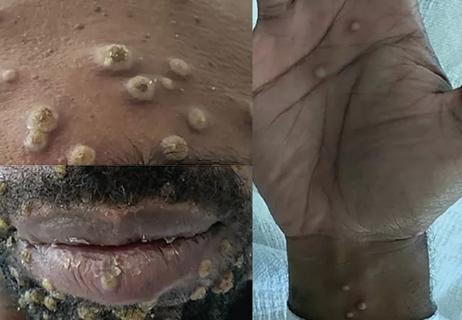Patient selection and education are critical to success

Since the first facelift was performed more than a century ago, the technique has evolved, from skin incision to modern approaches requiring only minimal surgery. Neck rejuvenation is one recent advance for countering facial aging that has proven to have a significant positive impact in selected patients.
Cleveland Clinic is a non-profit academic medical center. Advertising on our site helps support our mission. We do not endorse non-Cleveland Clinic products or services. Policy
Through an anterior approach involving a submental incision, cutaneous septae and cutaneous ligaments are released, allowing for skin contraction without skin resection. Subplatysmal recontouring and tightening of the platysma muscle also can be accomplished.
“Older patients want to look as young as they feel,” says James E Zins, MD, Chairman of the Department of Plastic Surgery in Cleveland Clinic’s Dermatology & Plastic Surgery Institute. “With proper screening, they can undergo this surgery and get good results with relatively low risk.”
Done through a 3-cm incision, the procedure addresses concerns about appearance in the profile view but it does not alter the mid-face. It is described step by step by Dr. Zins and his co-editor, Ali H Charafeddine, MD, in a recent monograph entitled Facelifts.
Part of the Plastic Surgery Clinics series, the 12-chapter publication runs the gamut, from history and anatomy to perioperative management of the facelift patient. Topics reviewed include lift-and-fill facelifts, lateral superficial musculoaponeurotic system-ectomy (SMASectomy), extended SMAS, minimal access cranial suspension (MACS) facelift, procedures in patients with massive weight loss (MWL), lateral skin-platysma displacement, facial anatomy for filler injection, and nonsurgical adjuncts.
“This book addresses a wide variety of plastic surgery procedures, from very straightforward minimally invasive procedures to more complex efforts and covers a broad patient population, from younger adults to older individuals,” says Dr. Zins. “It offers readers an in-depth look at current approaches for full facelifts and the newest techniques.”
Neck rejuvenation, a newer technique, may be particularly appealing to older patients. “It has significantly less morbidity and an easier recovery than a full facelift and it costs less,” says Dr. Zins. “It’s also technically simpler and definitely should be in the armamentarium of practicing plastic surgeons for patients who are solely concerned with the cervicomental angle and jawline.”
Careful patient selection is critical for the procedure, according to Dr. Zins, who has performed it on hundreds of individuals, as documented in three reports in the literature. The key determinant of outcome, he says, is the degree of skin laxity.
The ideal candidates for this procedure are those patients with mild to moderate skin laxity. In such patients, skin elasticity is such that release from the platysma muscle allows skin redraping without skin removal. However, even in patients with significant skin excess, significant skin contraction occurs. The key to the result relates to the degree of skin excess in each patient.
“This operation is really an extension of liposuction, which we’ve been doing in the face and neck area since the 1980s,” says Dr. Zins. “With it, we remove excess fat both above the muscle and deep to the muscle and also address structures in the muscle including the submaxillary gland and the digastric muscle. It’s quite significant how much improvement you can get in the neck area through a very small incision.”
He also underscores the importance of counseling to ensure that patients have realistic expectations and understand the postoperative course. Drains may be necessary, and use of a chin strap day and night for five days postoperatively and then only at night for the next two weeks.
Says Dr. Zins, “It’s important for patients to understand that a necklift through a submental approach can decidedly improve their profile, but it won’t address jowls or marionette lines. As I explain it to them, we can do everything in the neck area that we do with a face/necklift but just through an incision in their chin rather than in front of or behind the ear.”

Techniques are borrowed from rhinoplasty, malar augmentation and others

Individually tailored procedures increase patient satisfaction

Long-term weight redistribution, low surgical risk and short operation time

A brief history

Consider secondary syphilis in the differential of annular lesions

Persistent rectal pain leads to diffuse pustules

Two cases — both tremendously different in their level of complexity — illustrate the core principles of nasal reconstruction

Stress and immunosuppression can trigger reactivation of latent virus